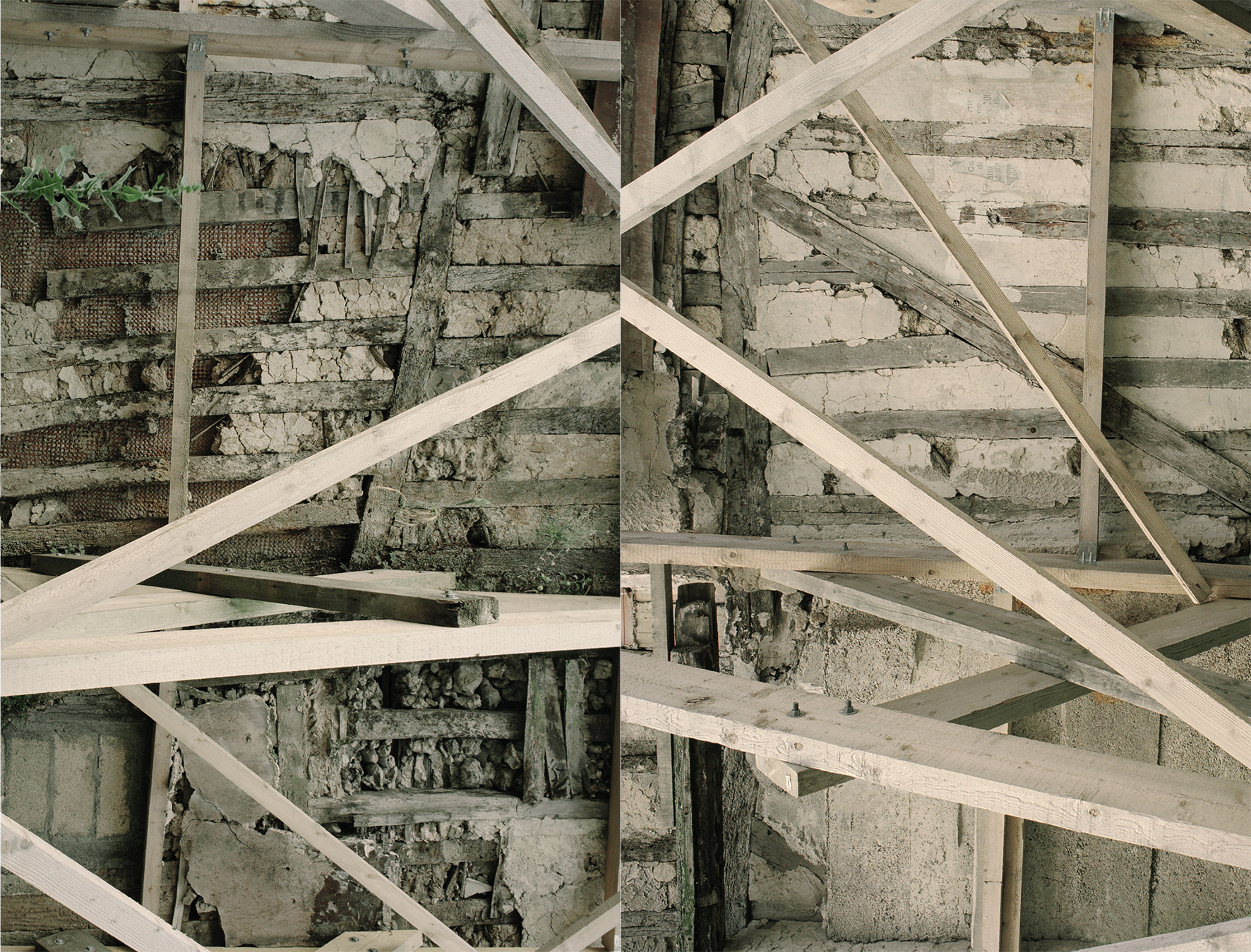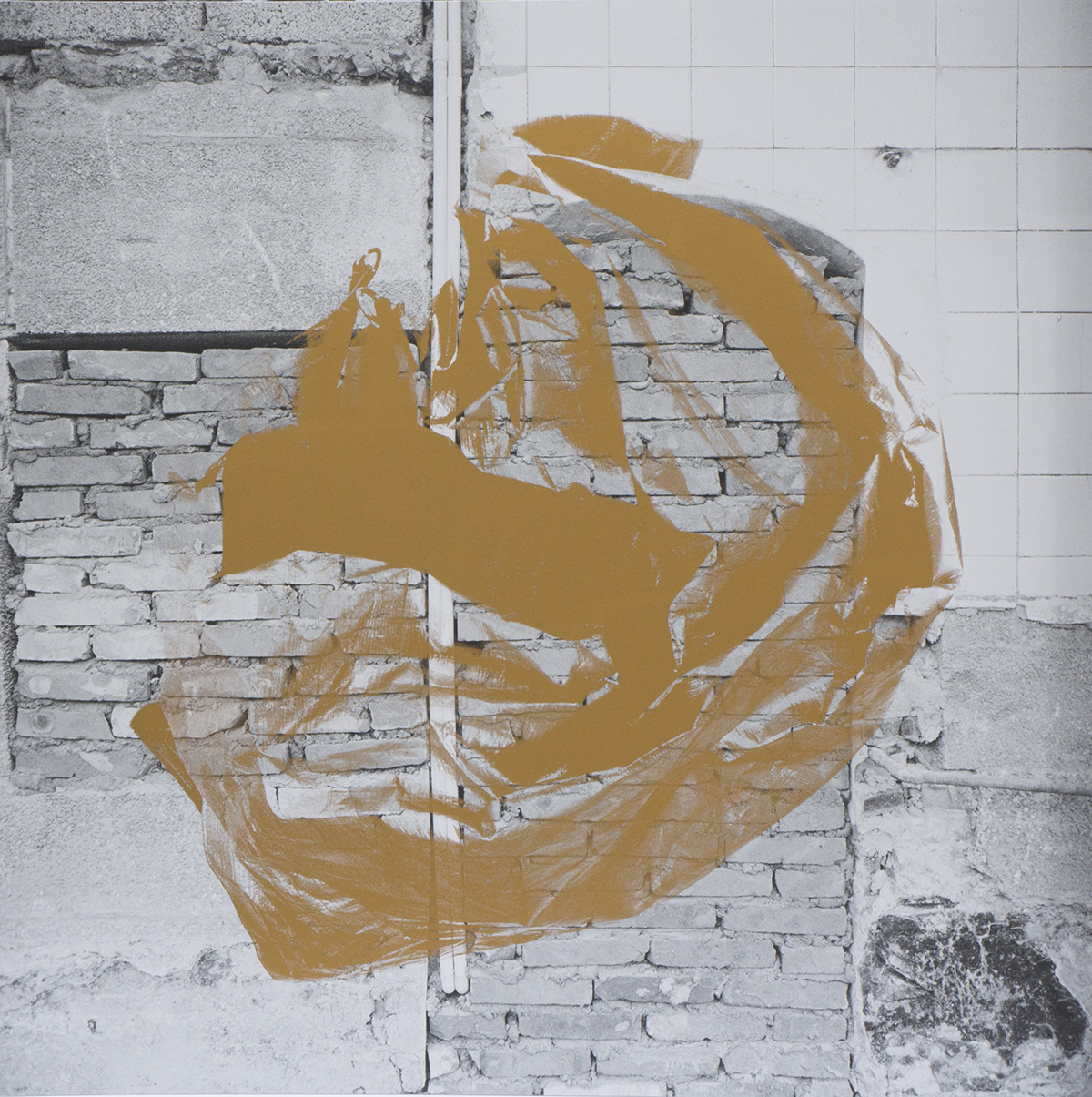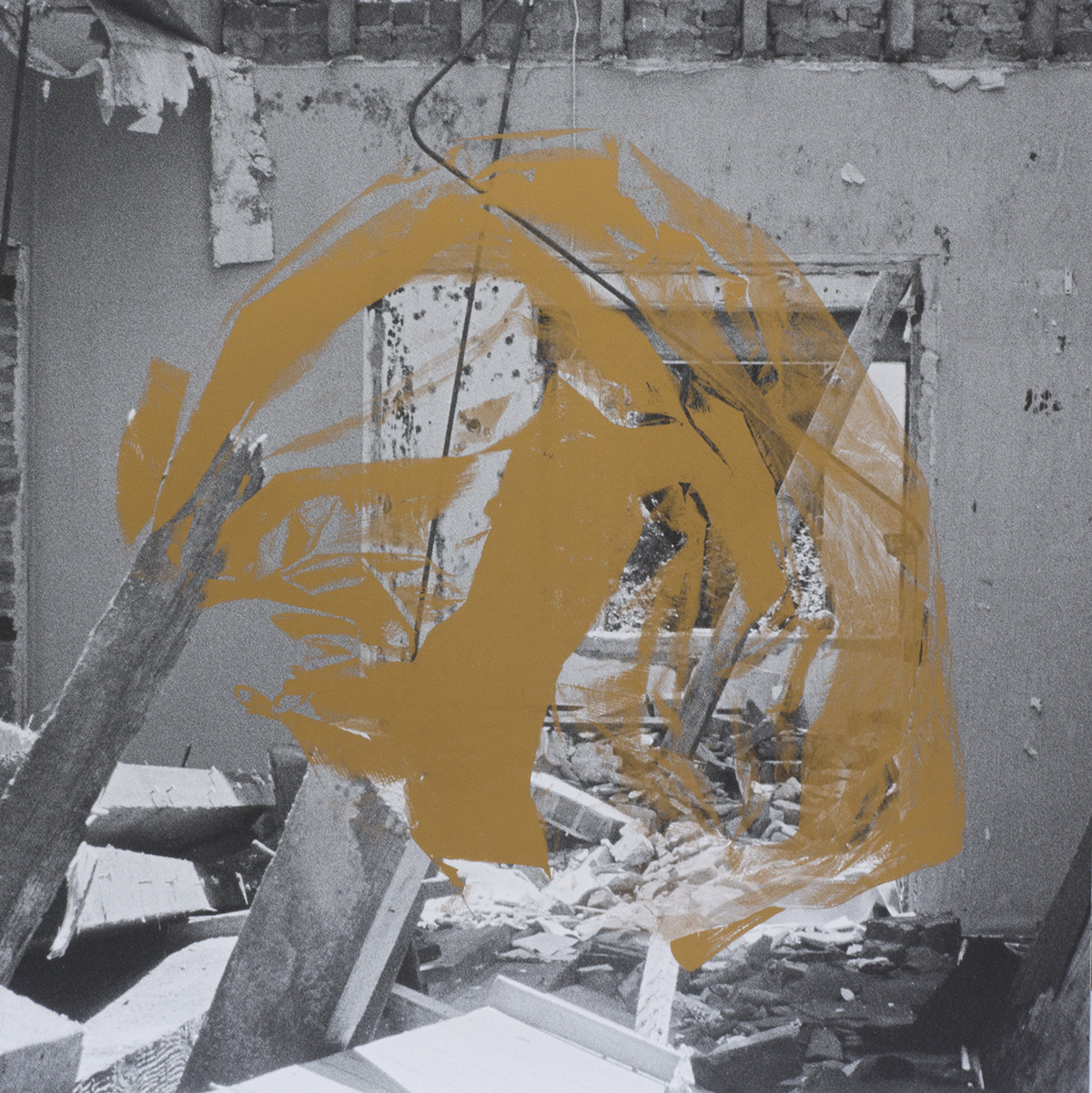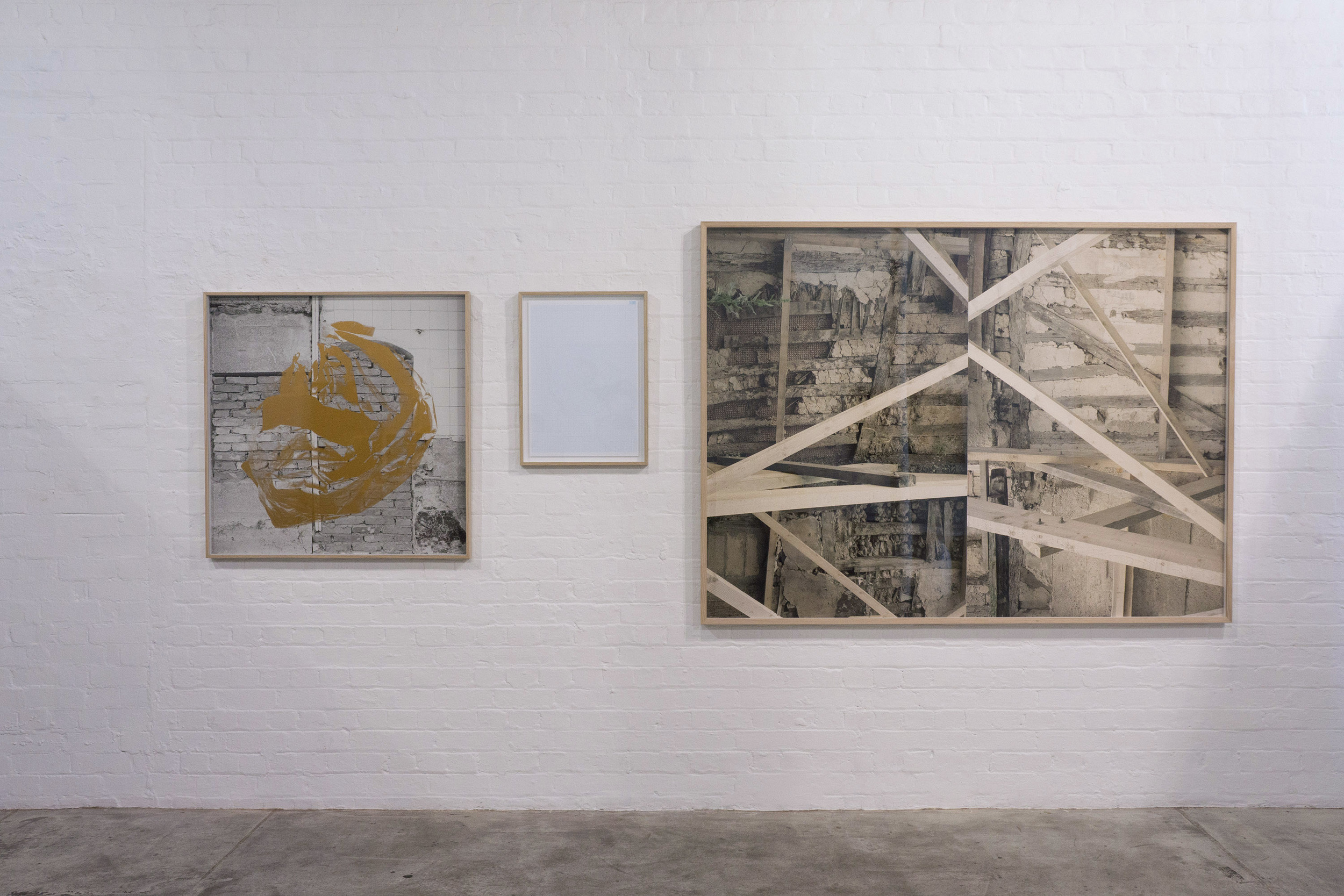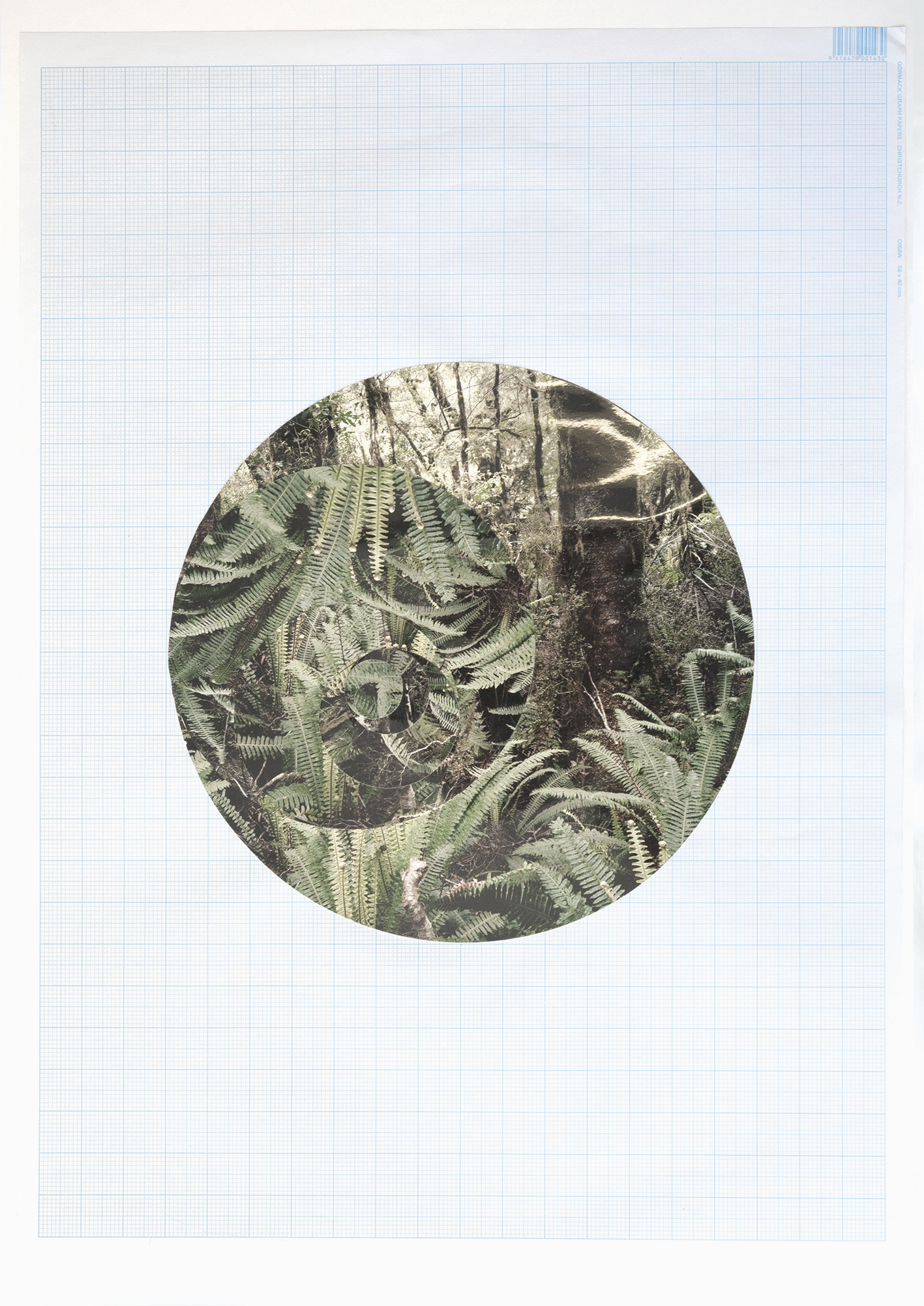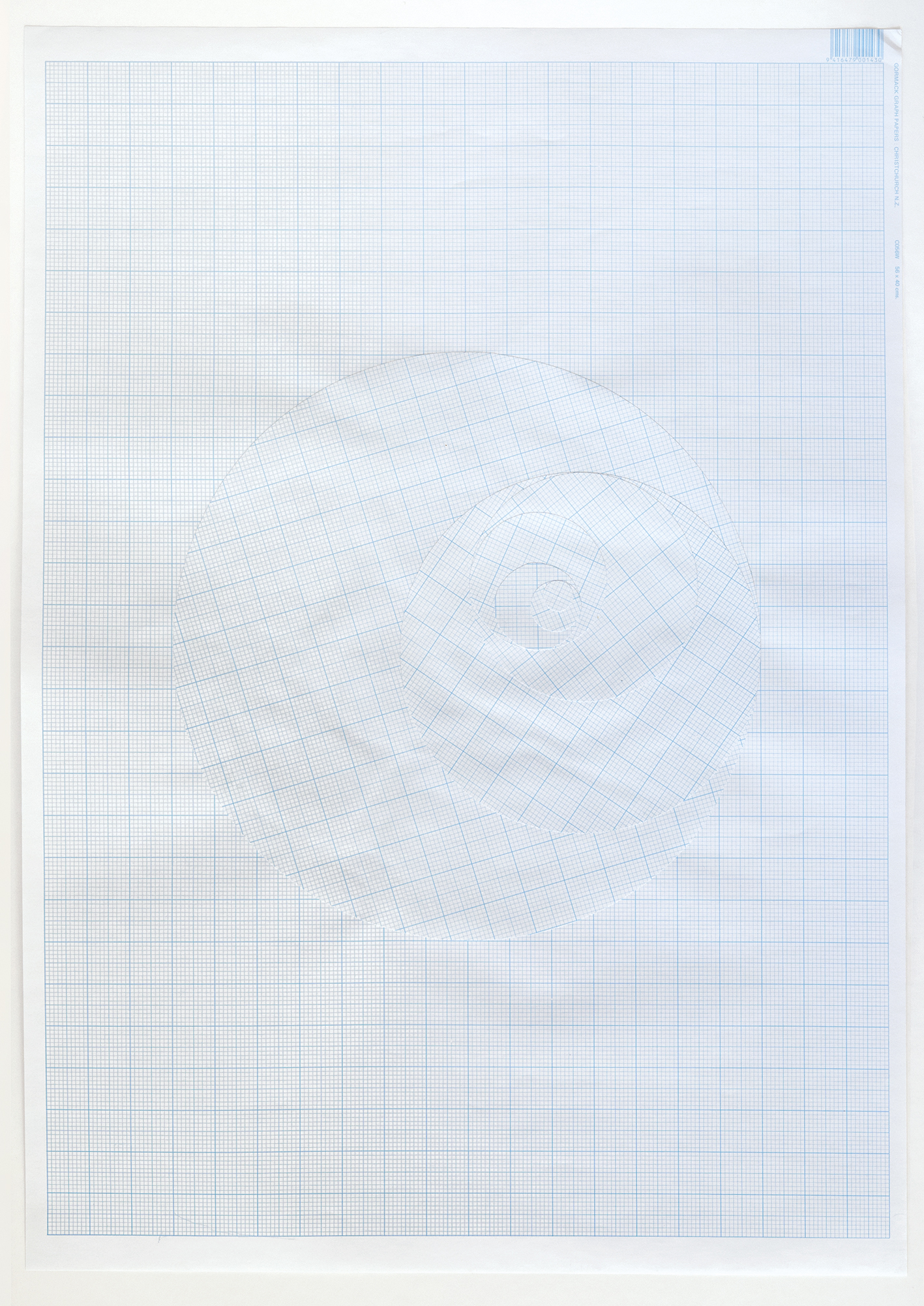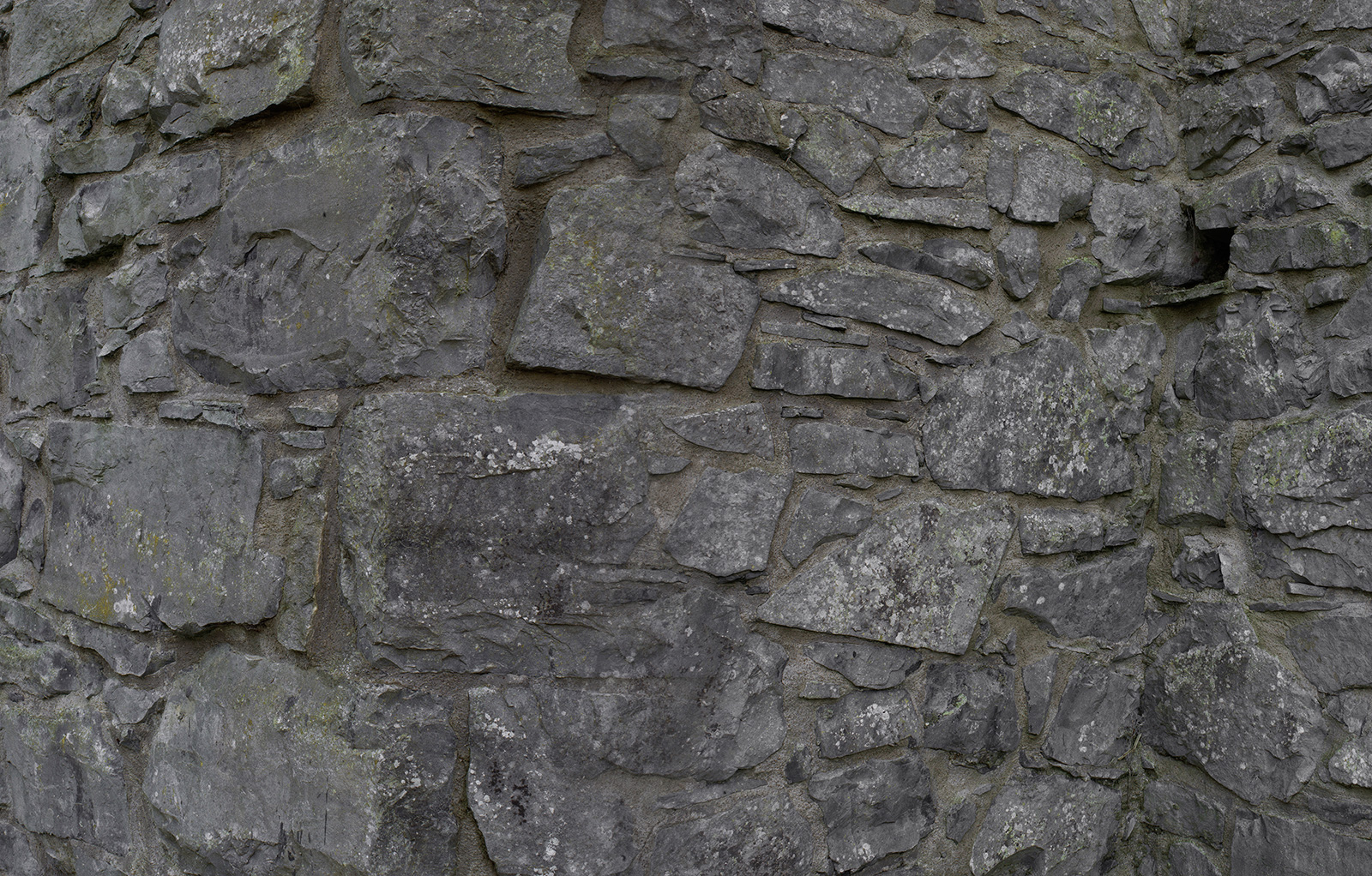Excavation
THIS IS NO FANTASY dianne tanzer + nicola stein, Melbourne
3 February - 31 March 2015
Izabela Pluta’s work is rooted in photographic ideas central to the experience of place, the effects of time and the construction of reality. Pluta utilises diverse forms of imagery and forms which intersect with each other in their tradition, function and materiality.
Excavation considers an imagined geography that Pluta constructs from created or found objects pertinent to try and understanding one’s place in the world. The work originates from a melancholic mediation on memory; of gathering and appropriating images and artefacts to suggest an illusion that is determined by a desire for place.
Bricked up doorways and windows in uninhabited spaces – appearing entirely two-dimensional – are the subjects of several photographs in the exhibition. These spaces resemble layers of strata in an archeological excavation: traces of concrete, crushed aggregate, tiles and evidence of chased services in masonry walls that look like suspended pieces of airborne rope. These black and white photographs are each photo-silkscreened with a surface image depicting a tarpaulin ‘portal’ using lustrous bronze ink. In this process the two things are compound: old and new, present and past, real and imagined.
The life-size photo mural, Folly, 2014, depicts a stone wall in a type of tromp l’oeil. In a historical context mural wallpaper conventionally pictured luscious forest vistas and epic panoramas while Pluta’s image gives a sense of space closing in on us. This work treats the prefabricated ruin as a catalyst for the psychological resonances implicit in architectural follies and ‘eye-catchers’ of classical structures.
The illusionary power of the image behind which hidden readings and relationships are formed is central to the works in Excavation. Mirrored misalignments, structures collapsing away and into each other and photographic collages each allude to ways of thinking about illusion and perception – in Pluta’s mind their content and materiality are used to articulate the relationship between physical and emotional experience.
The process of making and displaying images is an effort to recollect places and experiences in a form of ‘assembling’ photographs and ideas – an eclectic practice where Pluta attempts to plot cultural, philosophical and emotional meaning onto images that operate allegorically.


